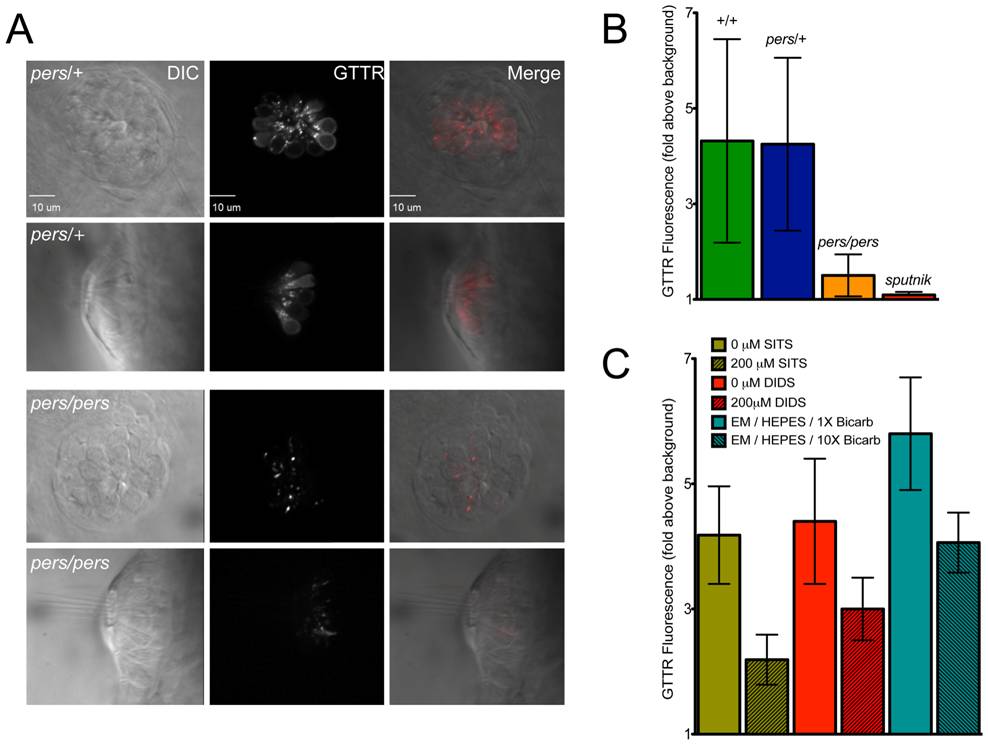Fig. 7 persephone, SLC4 inhibitors, and high bicarbonate all reduce gentamicin uptake.
(A) Gentamicin-Texas Red (GTTR) labeling is shown in neuromasts in a wildtype sibling (top panels) and persephone mutant (bottom panels). Top down and cross sectional views are shown with identical image adjustments made to all GTTR channel images. persephone mutants show dramatically reduced intracellular GTTR signal. (B) Quantified GTTR signal after a 3 min exposure is reduced in persephone mutants compared to homozygous wildtype and heterozygous siblings. Free-swimming fish were exposed to GTTR for 3 min and rinsed by basket transfer. Neuromasts of individual fish were immediately imaged and total fluorescence signal from GTTR was quantified as described in Materials and Methods and Figure S3. After imaging, fish were individually genotyped by dCAPS. (n≥10 larvae per group, 3 neuromasts per larvae. Error bars: S.D., p value: 0.003 for difference in means between wildtype siblings and persephone larvae.) (C) SITS, DIDS and high bicarbonate reduce hair cell GTTR uptake. For all conditions: free-swimming wildtype 5dpf fish were treated 1 hr with either vehicle carrier, 200 μM SITS or DIDS, or 10× [bicarbonate] buffered with HEPES, and then exposed for 3 min to GTTR as in (B). GTTR uptake is significantly reduced in fish treated with concentrations of SITS, DIDS, and bicarbonate that protect hair cells from neomycin exposure. (n = 10 fish, 3 neuromasts per fish. Error bars: S.D. p value: <0.0001 for difference in means between 0 and 200 μM SITS, 0 and 200 μM DIDS, and 1× and 10× bicarbonate).

